Ukraine strikes behind Russian lines with long-range launchers from the West

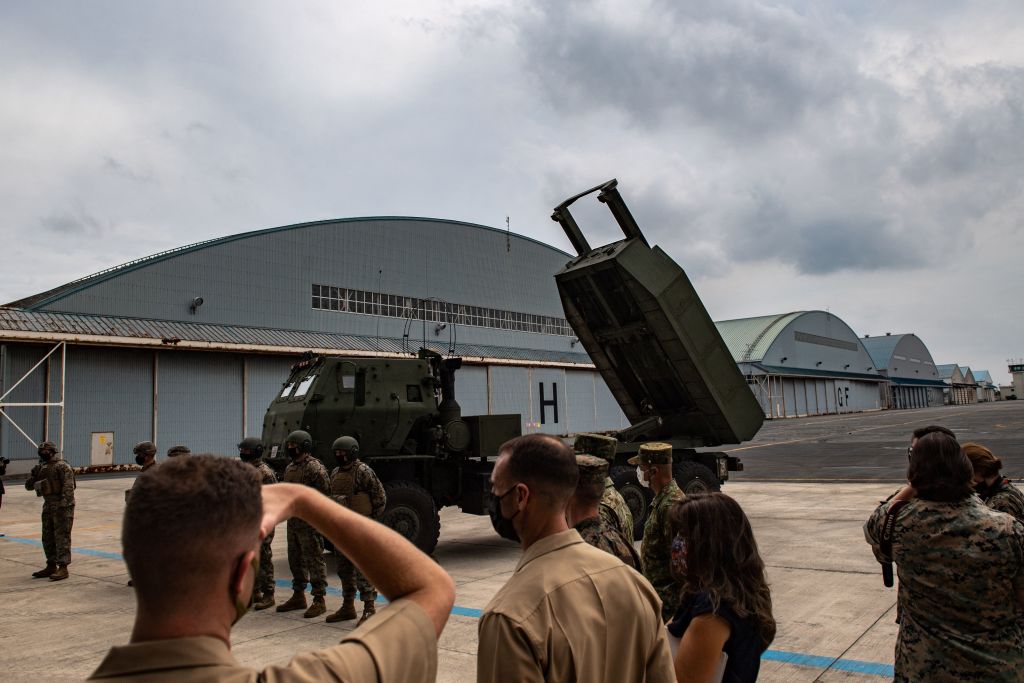
Ukrainian forces are using new, long-range rocket launchers provided by Western countries to strike targets far behind Russian lines, The New York Times reported Wednesday.
The Times describes a "fireball" that "lit up the sky" over occupied Luhansk on Wednesday morning in what Russian media described as a strike on an aircraft battery.
Russian state media reported that similar strikes against ammunition depots near Kherson in southern Ukraine actually targeted civilians, leaving seven dead. Ukraine's military rejected this claim.
The Week
Escape your echo chamber. Get the facts behind the news, plus analysis from multiple perspectives.

Sign up for The Week's Free Newsletters
From our morning news briefing to a weekly Good News Newsletter, get the best of The Week delivered directly to your inbox.
From our morning news briefing to a weekly Good News Newsletter, get the best of The Week delivered directly to your inbox.
Per the Times, Ukrainian forces are carrying out these strikes with "truck-mounted, multiple rocket launchers known as High Mobility Artillery Rocket Systems or HIMARS."
As explained here at The Week, "HIMARS is a lighter, more mobile cousin of the [Multiple Launch Rocket System]" and has an effective range of more than 180 miles. That's 10 times the range of the M777 howitzers the U.S. previously sent Ukraine.
On June 1, a U.S. official confirmed that the HIMARS was headed to Kyiv as part of a new $700 million military aid package.
If Ukraine is able to successfully disrupt Russia's logistics and artillery operations, this could be a game changer. During the Donbas campaign, Russia has relied heavily on its massive artillery advantage to drive back Ukrainian forces, shooting some 50,000 artillery rounds per day, 10 times what Ukraine could manage.
A free daily email with the biggest news stories of the day – and the best features from TheWeek.com
Grayson Quay was the weekend editor at TheWeek.com. His writing has also been published in National Review, the Pittsburgh Post-Gazette, Modern Age, The American Conservative, The Spectator World, and other outlets. Grayson earned his M.A. from Georgetown University in 2019.
-
 Political cartoons for January 4
Political cartoons for January 4Cartoons Sunday's political cartoons include a resolution to learn a new language, and new names in Hades and on battleships
-
 The ultimate films of 2025 by genre
The ultimate films of 2025 by genreThe Week Recommends From comedies to thrillers, documentaries to animations, 2025 featured some unforgettable film moments
-
 Political cartoons for January 3
Political cartoons for January 3Cartoons Saturday's political cartoons include citizen journalists, self-reflective AI, and Donald Trump's transparency
-
 Did Trump just end the US-Europe alliance?
Did Trump just end the US-Europe alliance?Today's Big Question New US national security policy drops ‘grenade’ on Europe and should serve as ‘the mother of all wake-up calls’
-
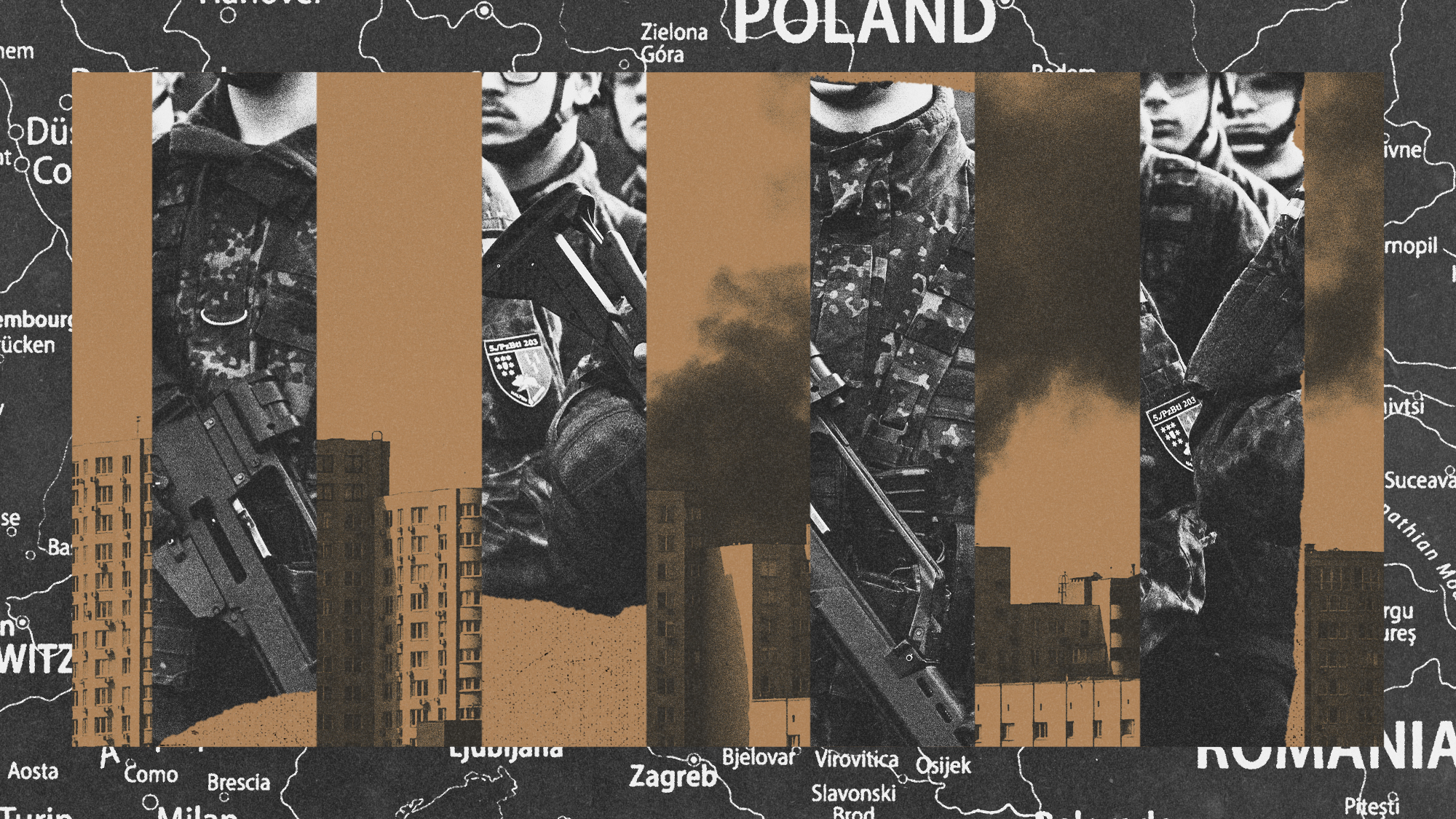 Is conscription the answer to Europe’s security woes?
Is conscription the answer to Europe’s security woes?Today's Big Question How best to boost troop numbers to deal with Russian threat is ‘prompting fierce and soul-searching debates’
-
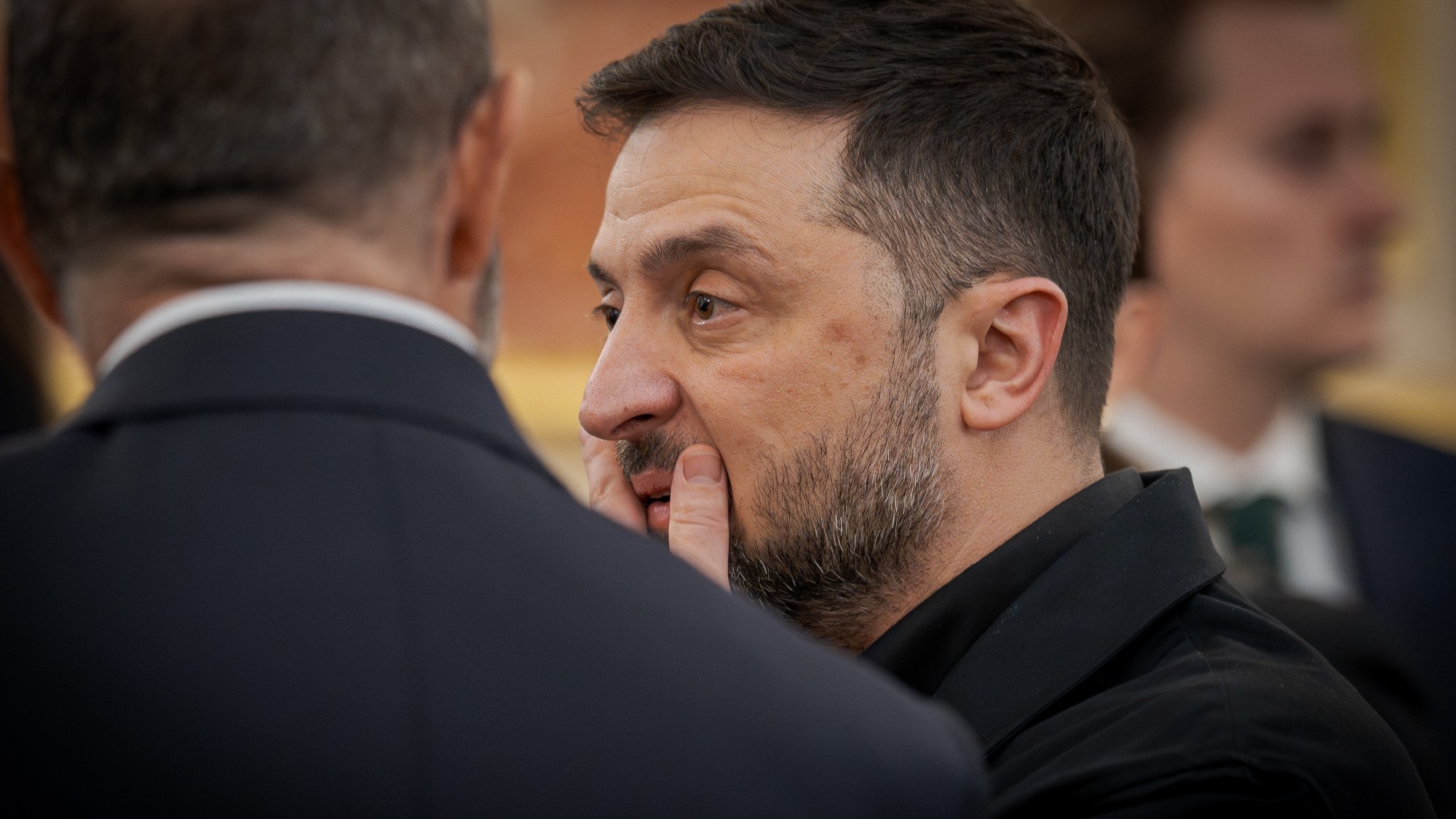 Trump peace deal: an offer Zelenskyy can’t refuse?
Trump peace deal: an offer Zelenskyy can’t refuse?Today’s Big Question ‘Unpalatable’ US plan may strengthen embattled Ukrainian president at home
-
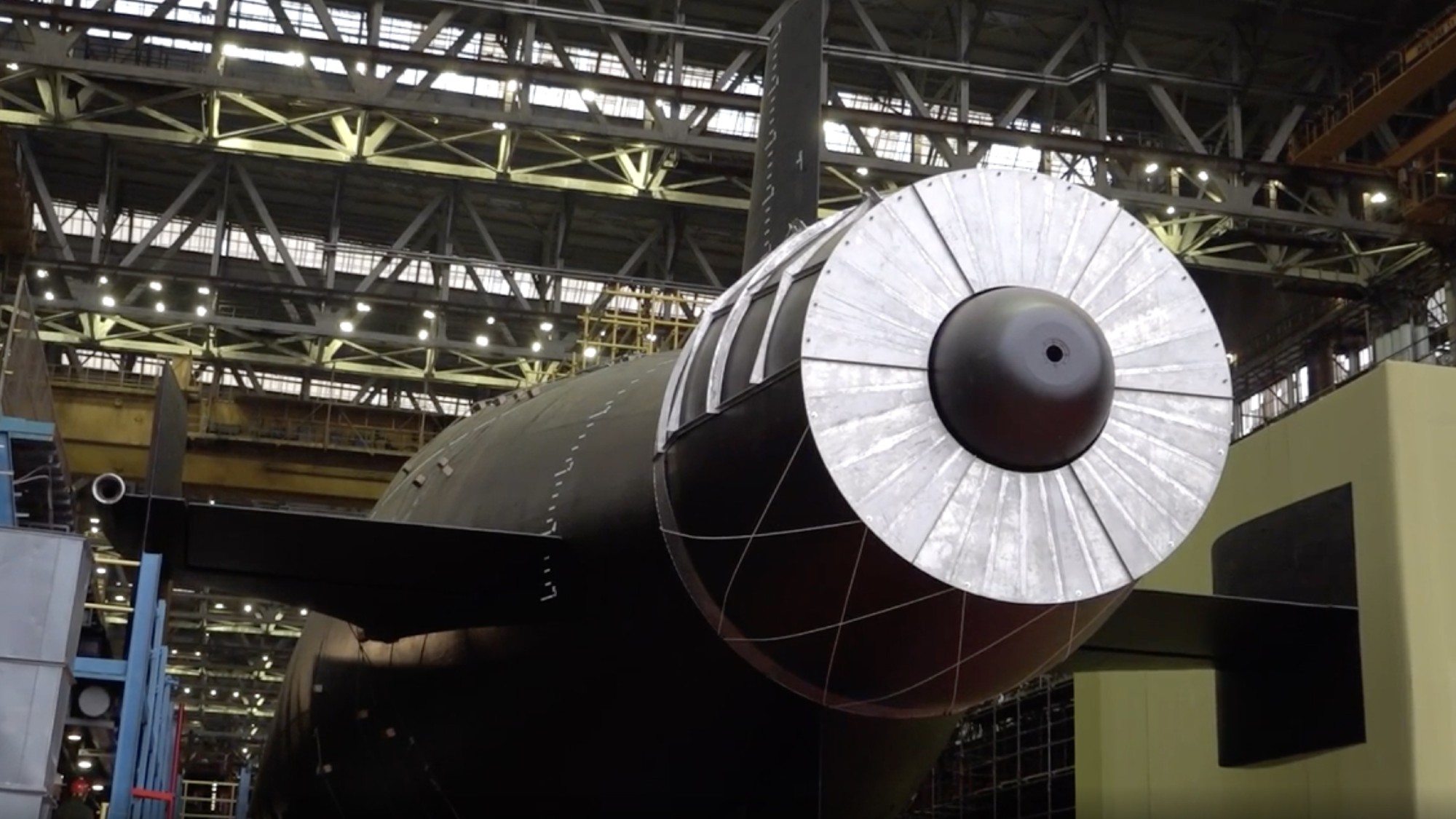 Vladimir Putin’s ‘nuclear tsunami’ missile
Vladimir Putin’s ‘nuclear tsunami’ missileThe Explainer Russian president has boasted that there is no way to intercept the new weapon
-
 The Baltic ‘bog belt’ plan to protect Europe from Russia
The Baltic ‘bog belt’ plan to protect Europe from RussiaUnder the Radar Reviving lost wetland on Nato’s eastern flank would fuse ‘two European priorities that increasingly compete for attention and funding: defence and climate’
-
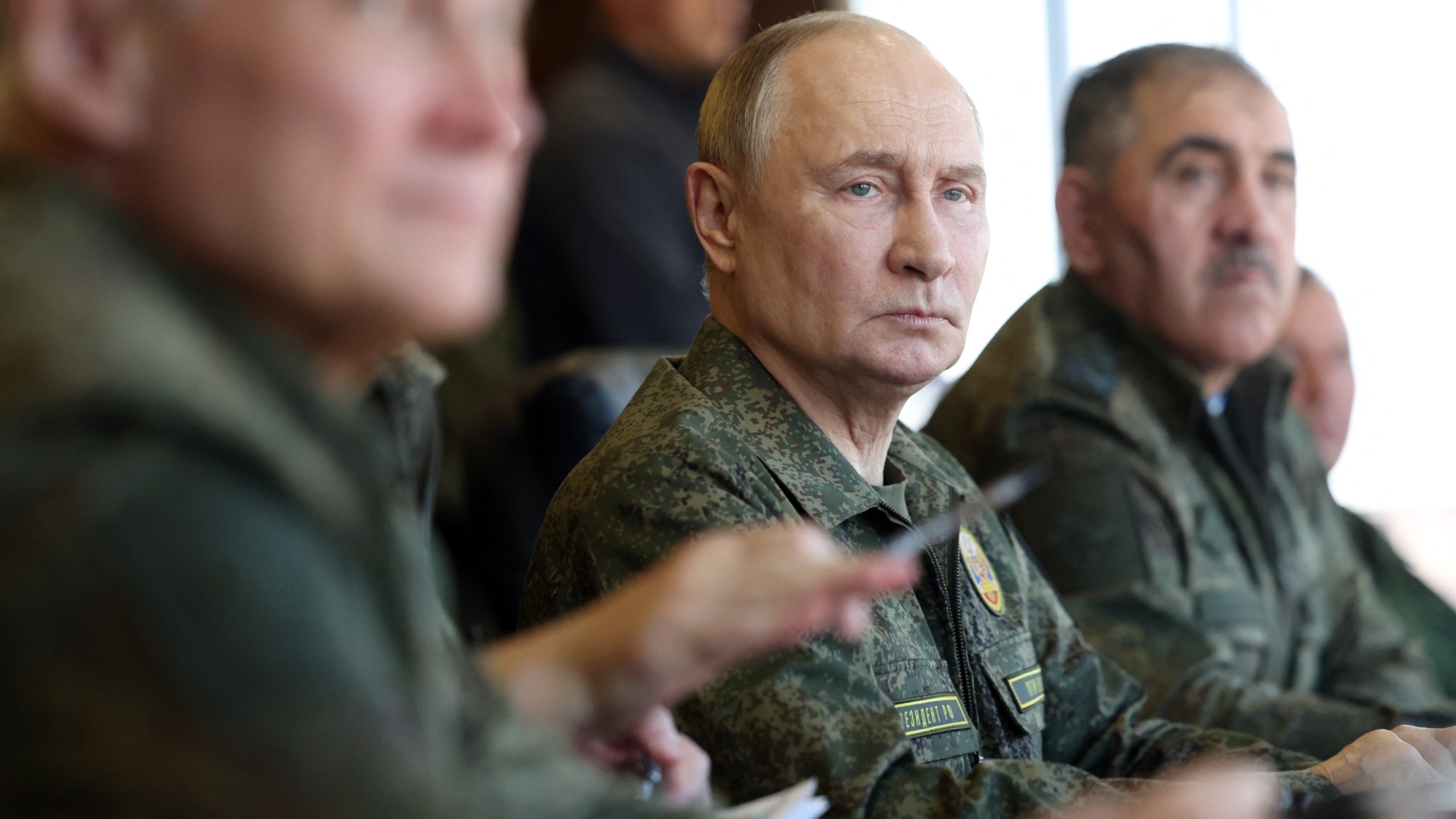 How should Nato respond to Putin’s incursions?
How should Nato respond to Putin’s incursions?Today’s big question Russia has breached Nato airspace regularly this month, and nations are primed to respond
-
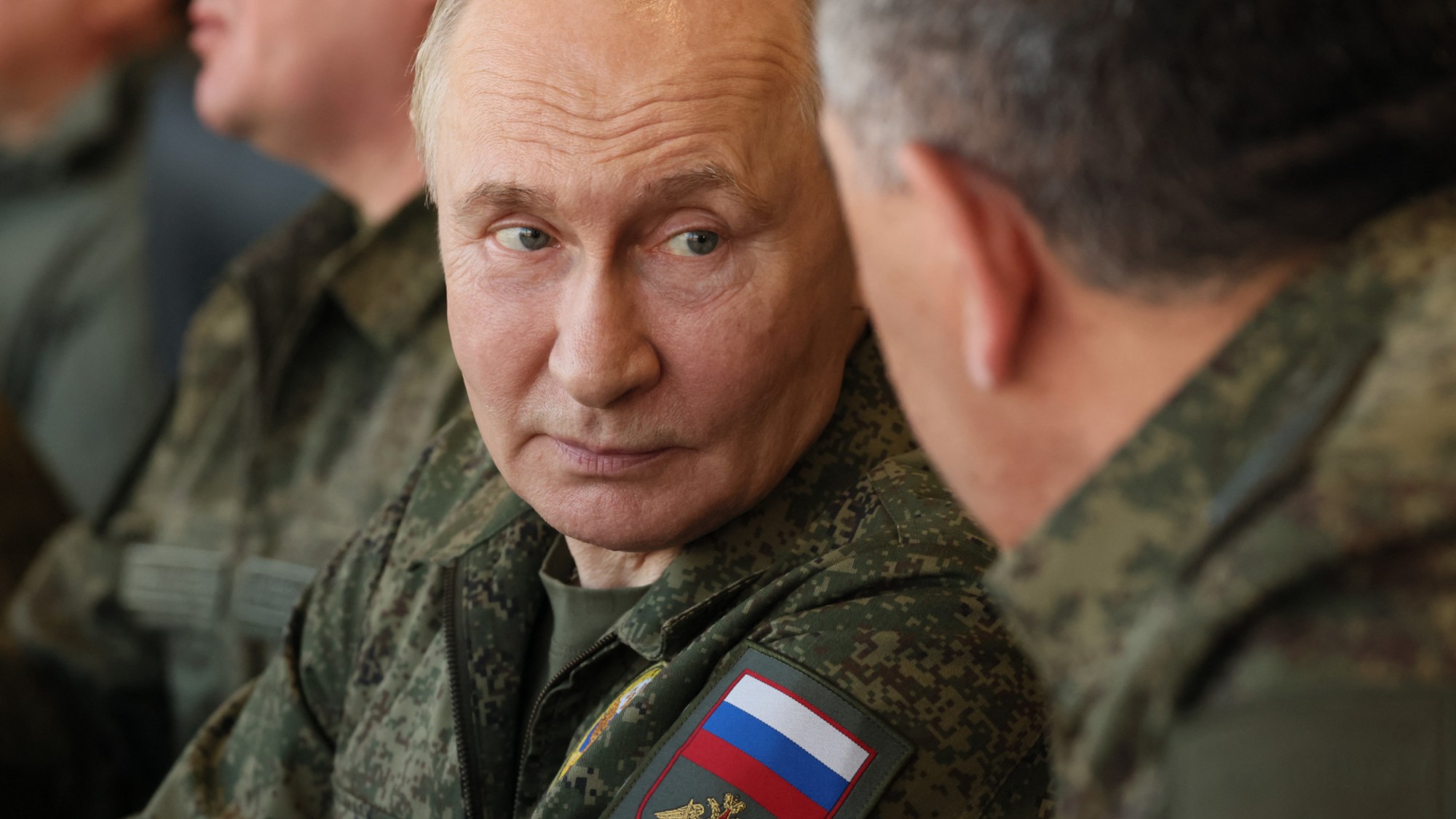 Russia’s war games and the threat to Nato
Russia’s war games and the threat to NatoIn depth Incursion into Poland and Zapad 2025 exercises seen as a test for Europe
-
 What will bring Vladimir Putin to the negotiating table?
What will bring Vladimir Putin to the negotiating table?Today’s Big Question With diplomatic efforts stalling, the US and EU turn again to sanctions as Russian drone strikes on Poland risk dramatically escalating conflict
